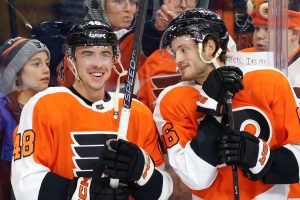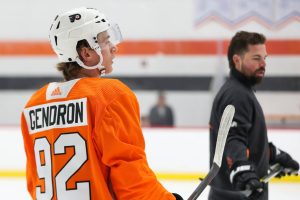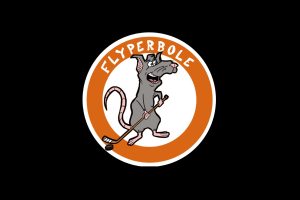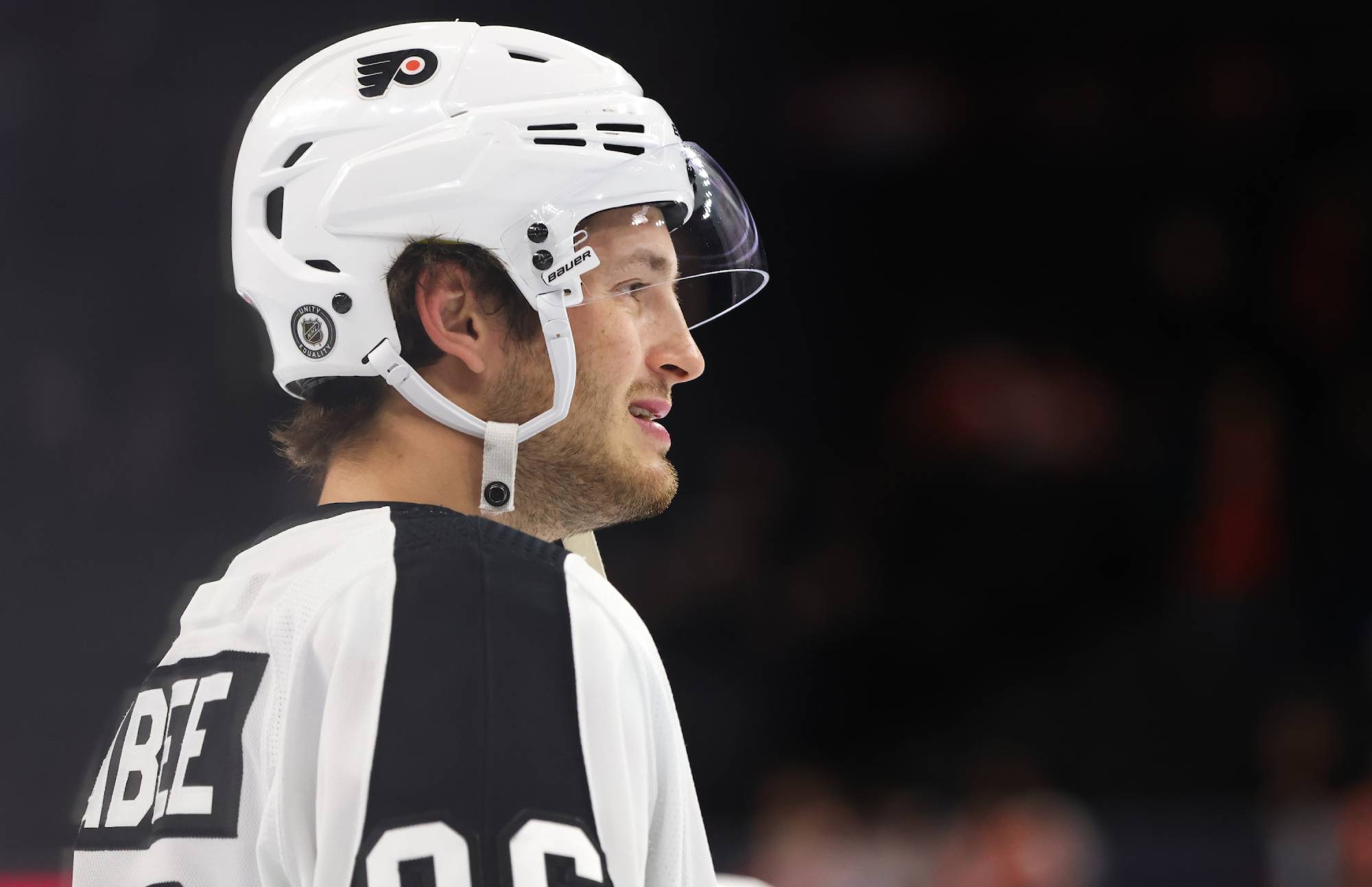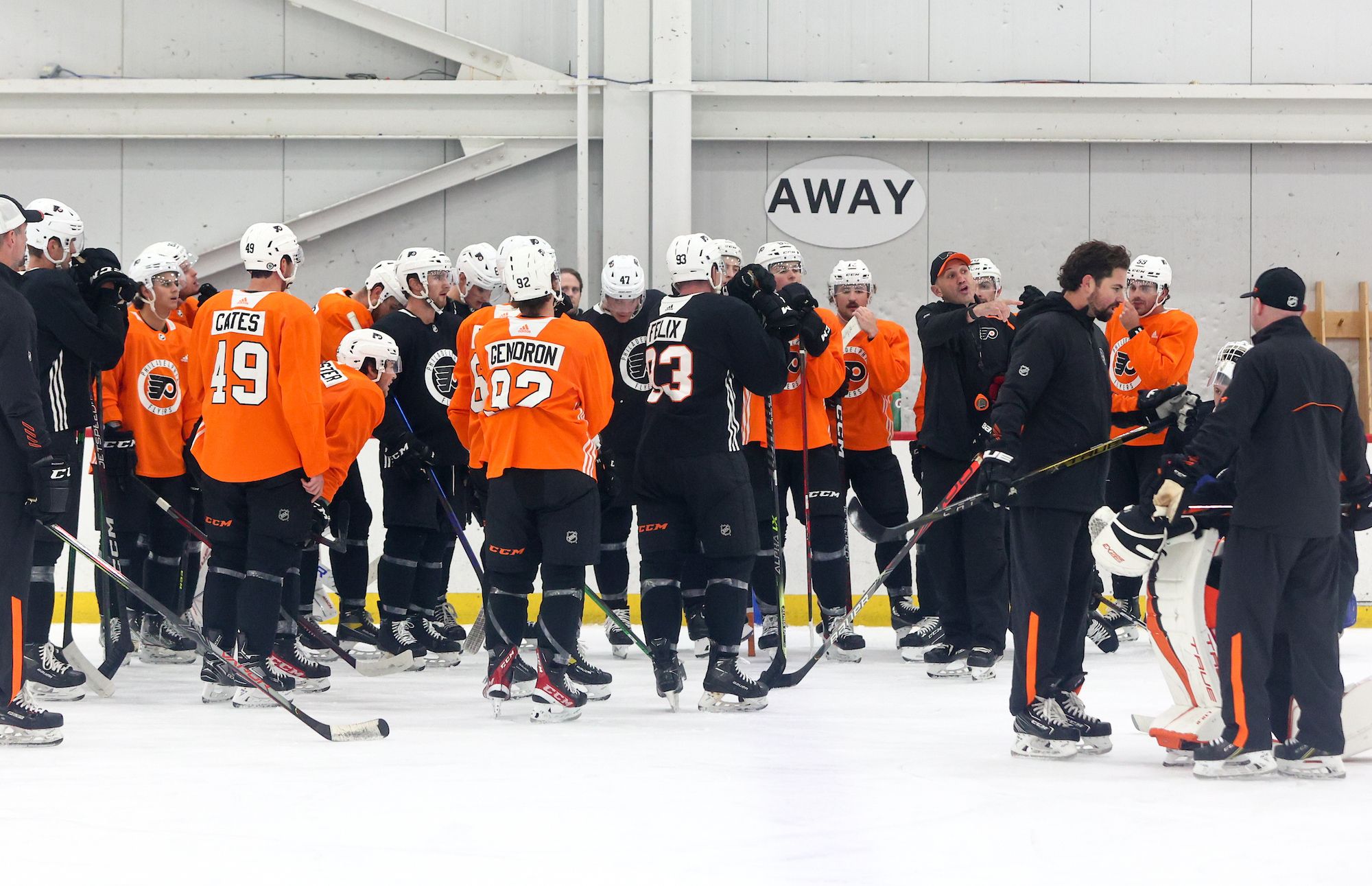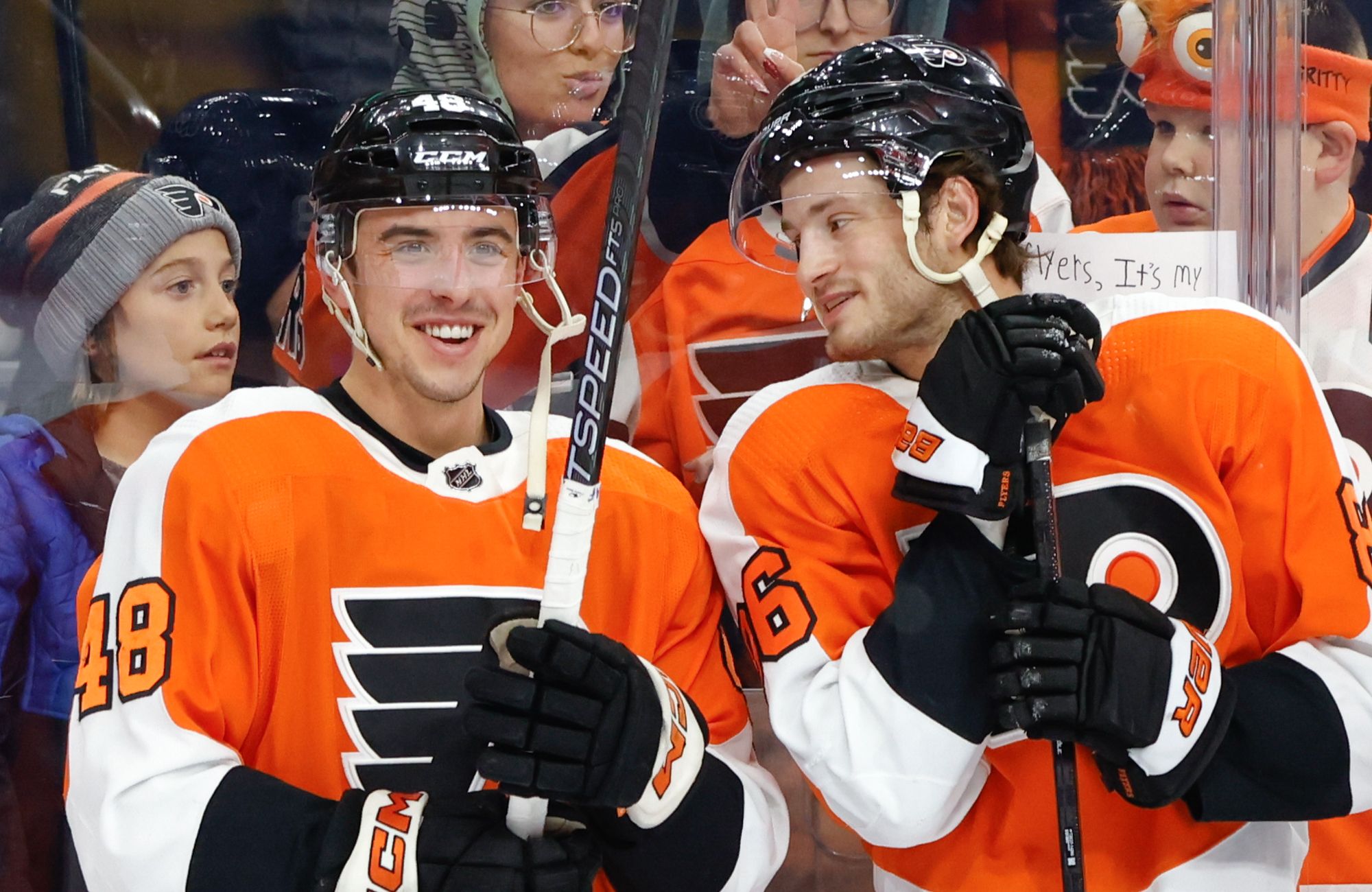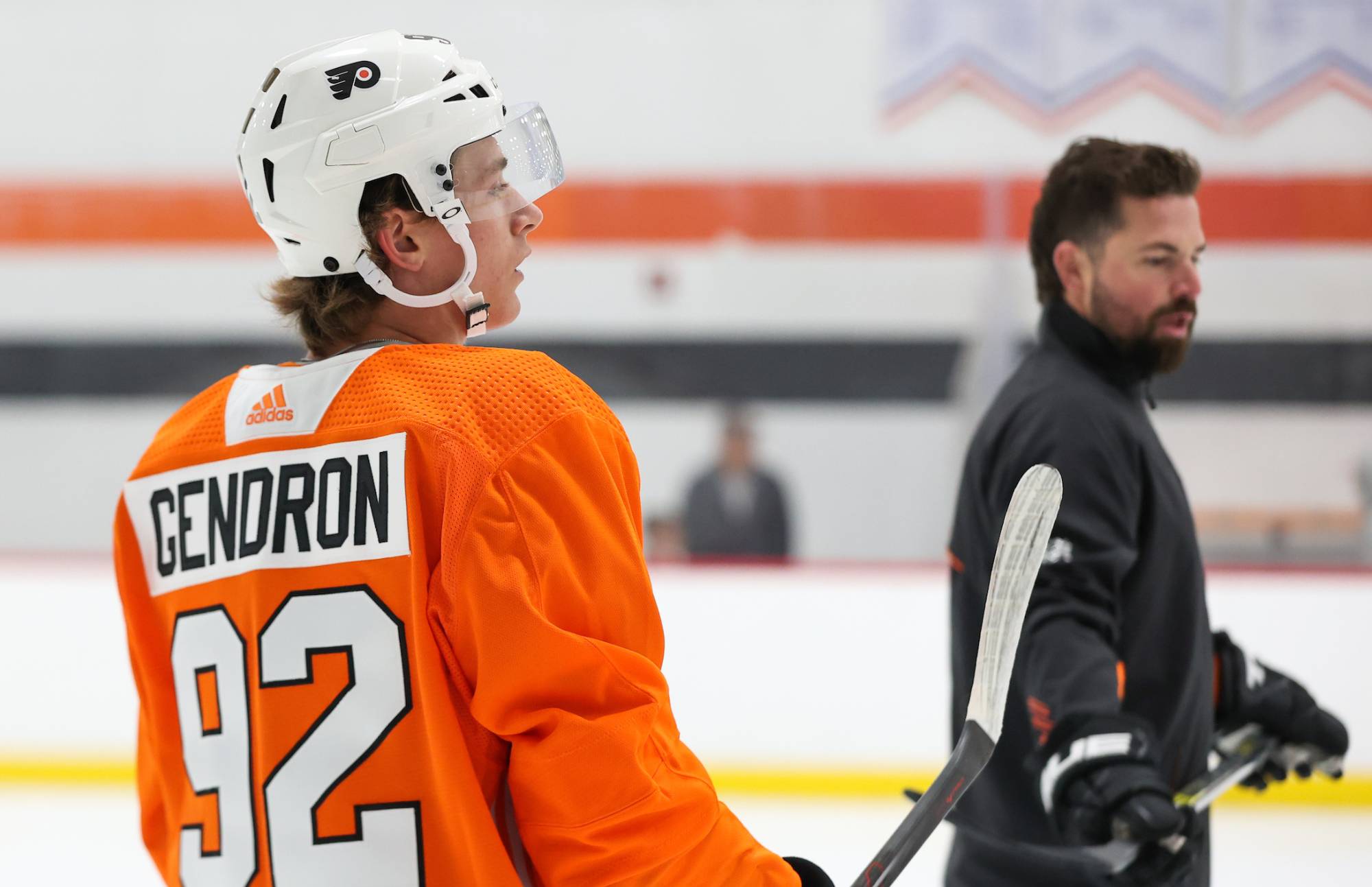It may be crazy to imagine, but over the past couple of weeks the Philadelphia Flyers have been controlling the shot quality battle in the majority of their games. The California road trip seemed to be a turning point in the team’s season, despite their struggles over the past three games. Not only a turning point in the season, but a turning point in seemingly how the team is attempting to win games. One of the most persistent gripes with Dave Hakstol’s offensive system has been the over-reliance of point shots, and generally shots from low percentage scoring areas. Since the west coast swing in Anaheim began, the Flyers have been steadily in the top half of the league in some of the key shot quality statistics.
Since October 30, the team’s game vs. Anaheim which resulted in a 3-2 victory, the Flyers are fifth in the NHL in high danger chances-for. Only the Montreal Canadiens, New Jersey Devils, San Jose Sharks, and Carolina Hurricanes have more. Although not as impressive, they sit 12th in the league in scoring chances-for since the Anaheim game. In their first 11 games meanwhile, the Flyers were 18th in the league in HDCF, and 19th in SCF. This is a substantial improvement for the team in about the same amount of games.
The High Danger Players
Two of the major contributors to this recent success in the high danger areas, are two of the team’s youngest players. Oskar Lindblom and Nolan Patrick are third and fourth on the team in HDCF with 37 and 36 respectively, and are fourth and seventh on the team in their first 20 games. The work of these two players — specifically their behind the net play — have proven pivotal over the past nine games. The Flyers are 5-2-2 after taking a beating at the hands of the New York Islanders on October 27, and before their game vs. Anaheim, they were 4-7-0. There are obviously many factors as to why the team has improved, but their improved shot quality may just be the biggest component.
It’s not just the work of Patrick and Lindblom, however. Ivan Provorov despite all of his struggles in the first 20 games, leads the Flyers in SCF and expected goals-for. Behind Provorov in SCF are some of the usual suspects, Claude Giroux, Sean Couturier, Shayne Gostisbehere, and … Robert Hagg? Hagg is certainly the surprising one out of this top five, but considering his partner has been Provorov for much of the early going, it makes sense. Hagg has been poor in many play-driving metrics, but his xGF numbers are solid, sitting just behind Provorov in xGF. Where those two are struggling is shot prevention, as they have the two highest xGA numbers on the team.
A player who no one should really be surprised is generating high quality chances is Travis Sanheim. The second year defenseman has been outstanding this year for Philadelphia in possession metrics and xGF metrics alike. Sanheim’s 58.7 xGF% is fourth best on the team, and his 62 HDCF are tied for second best. A hallmark of Sanheim’s game is his decision making with the puck on his stick in the offensive zone. While many of his fellow defensemen will, when in doubt, try a shot on goal, Sanheim attempts to get the puck back in deep for his forwards. This element of Sanheim’s game has resulted in fewer chances for odd man rushes with him on the ice, and getting caught in the offensive zone.
The Low Danger Players
Among the Flyers players with at least 100 minutes of 5-on-5 ice time, the skaters with the fewest HDCF are Andrew MacDonald, Scott Laughton, Jori Lehtera, Wayne Simmonds, and Jordan Weal. For players such as MacDonald, Lehtera, and even Laughton to some extent, this should not come as that much of a surprise. However for guys like Simmonds and Weal, it’s fair to expect a bit more from them. These five players are at the bottom in SCF with the exception of Simmonds, who is replaced by Dale Weise.
If this trend continues, this could be uncharted territory for the Philadelphia Flyers under Dave Hakstol. In Hakstol’s three seasons as bench boss of the Flyers, his teams have finished 28th and 24th twice in SCF, and 20th, 23rd, and 26th in HDCF. Currently, they sit 20th in the league in SCF, and 13th in HDCF. The Flyers have been a team over the past three seasons that has simply not scored enough goals, or generated enough high quality chances to score said goals. Sure, the talent levels on the first two Hakstol lead teams are considerably worse than last season and what he has this season, but we all know his system plays a role. If Hakstol is able to continue to get this team playing in the high percentage areas, and utilize his star talent at the forward position more, this could make immediate changes in the Flyers’ fortunes.
Heat maps over past nine games
The point shot element of the Flyers offensive zone system is still noticeable, but clearly not as present as we typically witness. It’s no coincidence that since the Flyers have been able to generate higher quality shot attempts, they’ve had more success. Sure, one can make the argument that the Flyers competition over the past nine games has been generally poor. However, I’d counter that with the fact that it’s still extremely early which makes it difficult to see who the truly bad/good teams are, with some exceptions. One of those exceptions I would think is the Kings, who the Flyers beat in this stretch. Overall however, that appears to be the only clear cut exception.
Shot Prevention Improving
A common theme throughout these heat maps is of course the Flyers improved shot selection, but what is also important to recognize is their shot prevention. Traditionally, Dave Hakstol’s Flyers teams have performed well in regards to keeping the opposing team to the outside, and limiting them to low danger shot attempts. Early on this season however, the opposite was the case. In their first 11 contests, the Flyers were 16th in the league in scoring chances against, and 22nd in high danger chances against. From the Anaheim game til the Lightning game on Saturday, the orange and black are 11th best in SCA, and ninth best in HDCA. At 5-on-5, the Flyers have improved their shot selection and their prevention, and given just average special teams could really make a run in the Eastern Conference, especially the momentarily weak Metro Division.
Although they’re generating plenty of scoring chances and high danger plays, Hagg and Provorov are also giving them up. The duo have given up the most SCA and by a sizeable margin. Provorov has given up 173 SCA, while Hagg has given up ten less. The next highest mark is 144 which belongs to Jakub Voracek. The top defense pairing also possess the team’s worst xGA.
The team as a whole however, has improved greatly and kept teams to the outside more and more over this recent stretch. Their “threat” level, according to Micah Blake McCurdy’s HockeyViz, has improved to a -8%. Early on, the Flyers were allowing goals by the bunches primarily because of their porous defense, now that burden of blame has seemingly shifted to the goalies. Brian Elliott was playing well before his injury, but Calvin Pickard has struggled and even Elliott has allowed his fair share of weak goals.
The more interesting aspect of this current development is if the coach can really receive credit for it. Hakstol’s low-to-high system has been criticized heavily by many — including us here at BSH — and most of the time for good reason. That style of shot generation has lead to many frustrating decisions from the defensemen, such as shooting the puck right into the shin pads of the attacking forward. This is an extremely small sample size of course, and quite possibly has more to do with the players than the coach, but for now it is encouraging to see a Flyers team attack the high danger areas. This team has been characterized as boring, and their shot selection is a huge part of that if you ask me. When the shots they do take are blocked half the time, or result in a simple save by the goaltender, how does one really expect the fans to get excited? For the success of the team, and to attempt to get fans truly interested in this team again, they might want to make sure these trends continue.
All stats courtesy of Natural Stat Trick, Corsica.hockey, graphics courtesy of Natural Stat Trick and hockeyviz


